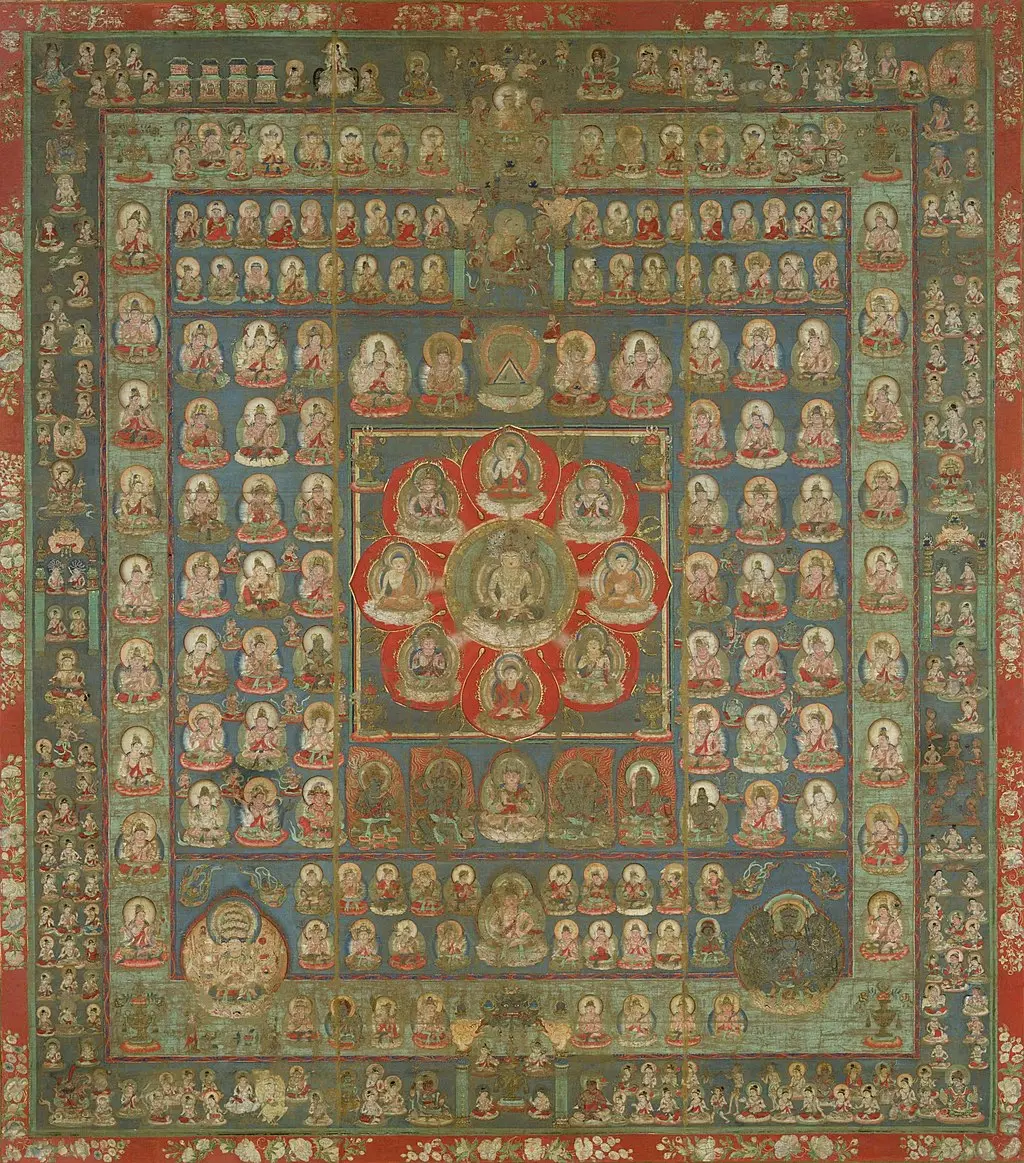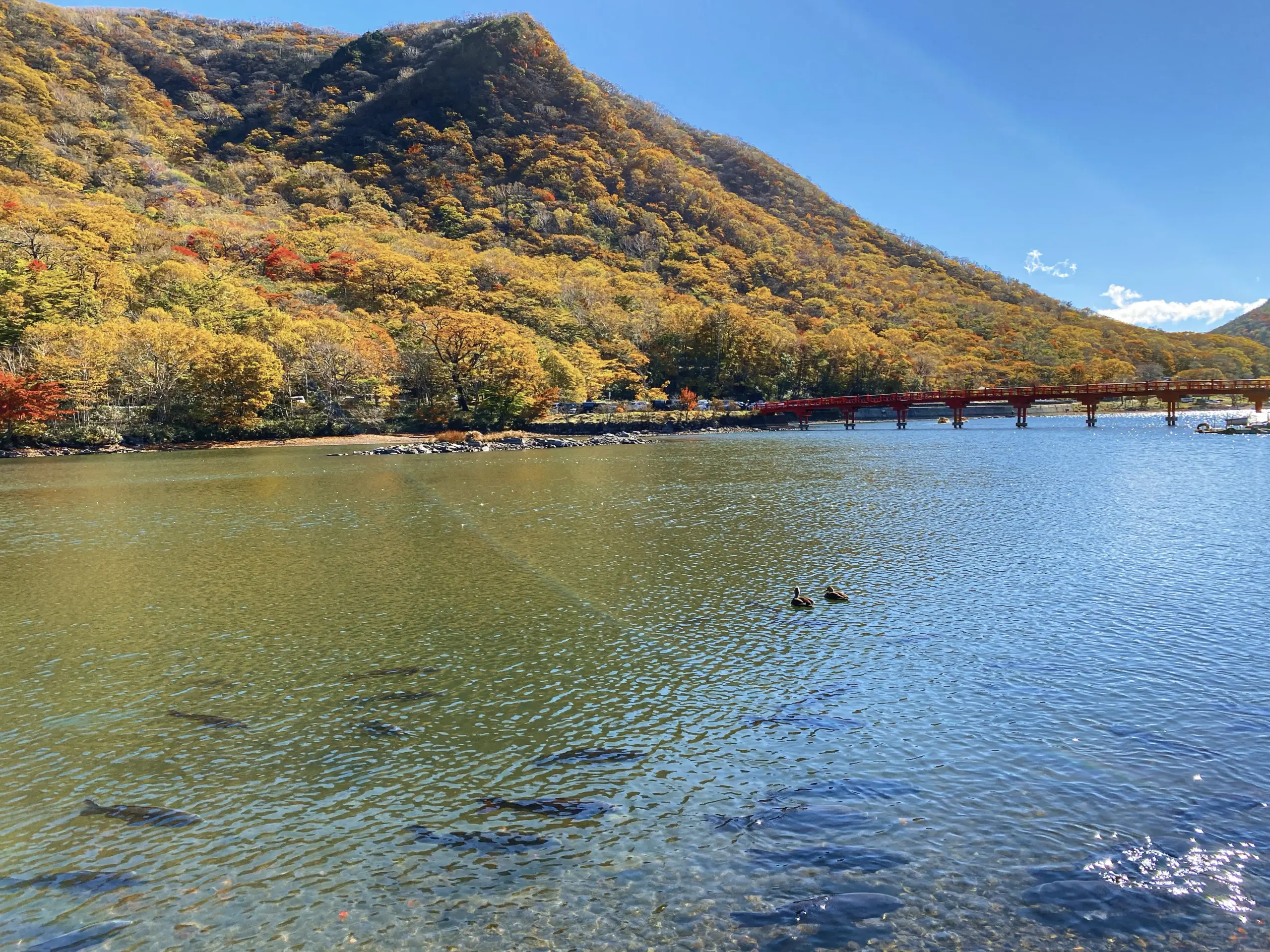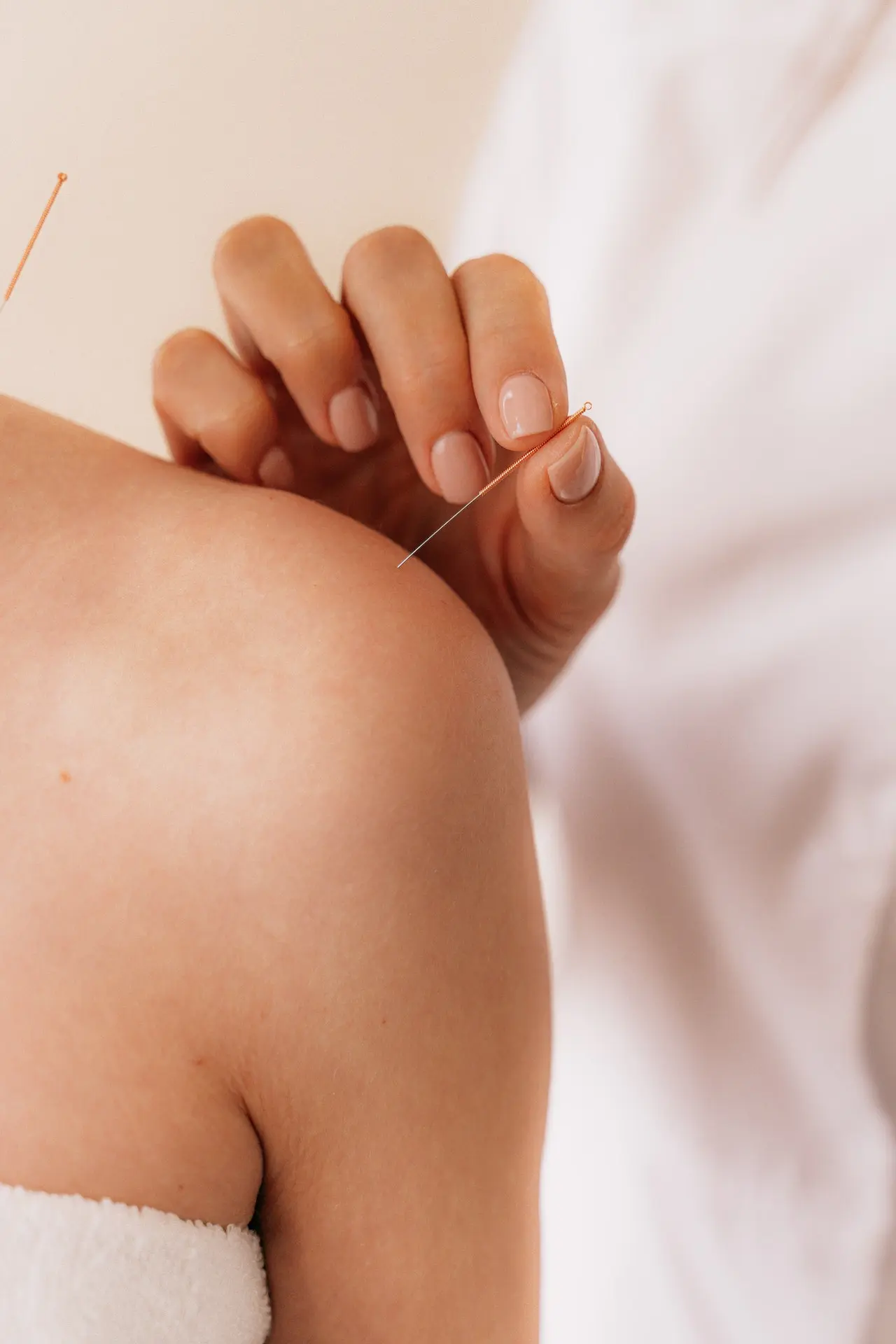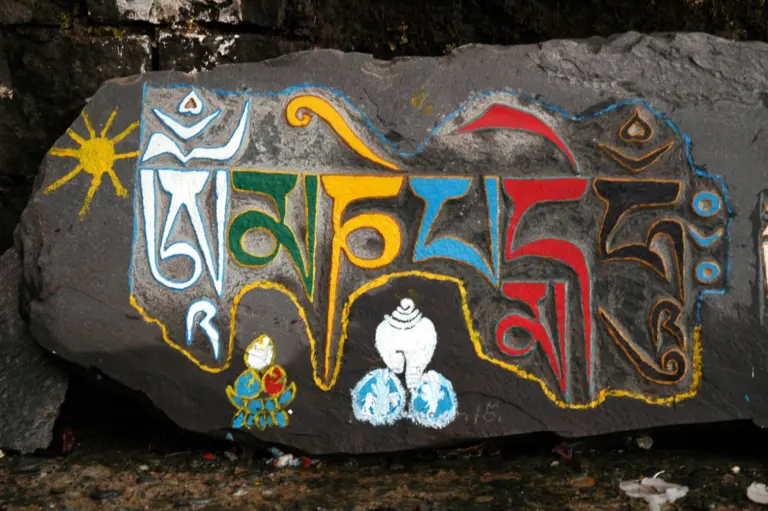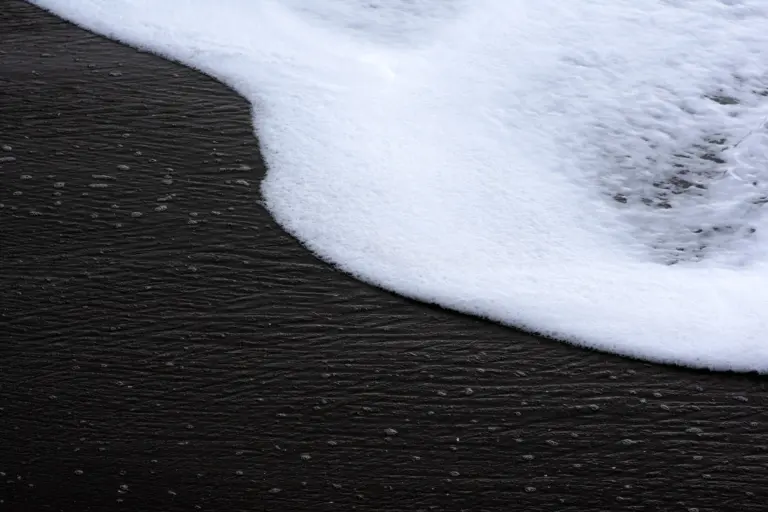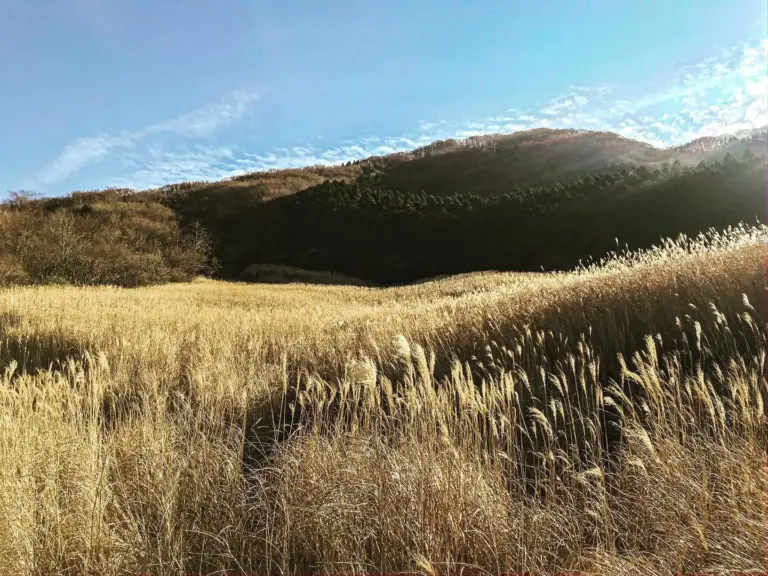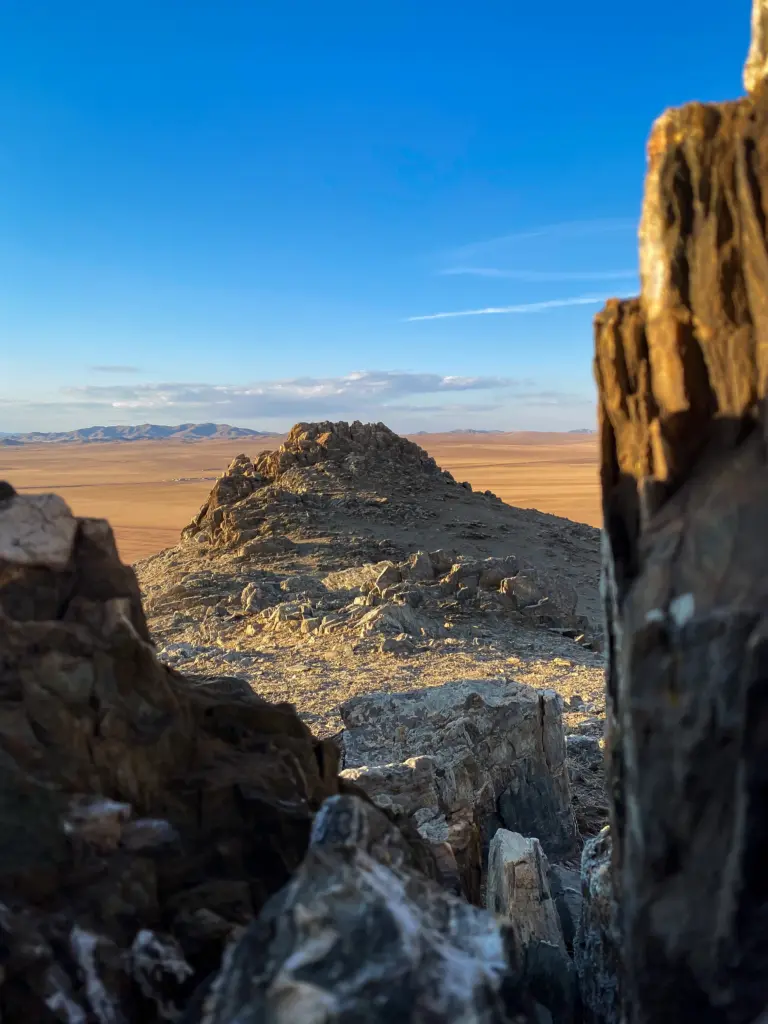Traditional Chinese Medicine (TCM) has been a cornerstone of health and wellness in Eastern cultures for thousands of years. This holistic and integrative approach to healthcare is deeply intertwined with the philosophical and spiritual aspects of Chinese culture.
The 8 Principles of TCM serve as the foundational guidelines for diagnosis and treatment within this system. These principles—Yin and Yang, Interior and Exterior, Cold and Heat, and Deficiency and Excess—are reflections of the universal laws as understood in Taoism and the moral and ethical principles found in Confucianism.
They provide a comprehensive framework for understanding the human body, its ailments, and the ways in which balance and health can be restored. As we explore these principles further, we see not just the wisdom of ancient China, but a continuing legacy that offers insights and solutions for the health challenges of the modern world.
Table of Contents
Toggle
Fundamental Concepts of Traditional Chinese Medicine
Traditional Chinese Medicine (TCM) is built upon a foundation of profound concepts that have been developed and refined over millennia. Understanding these fundamental concepts is crucial for grasping how TCM approaches health and disease. Let’s take a closer look:
- Yin and Yang – At the heart of TCM lies the theory of Yin and Yang, ancient Chinese philosophical concepts that represent the dual nature of everything in the universe. These forces are seen as complementary rather than contradictory, working together to create a dynamic system in which the whole is greater than the assembled parts. Health in TCM is perceived as a harmonious balance between Yin and Yang within the body. When these forces are in equilibrium, the body is healthy; when they are unbalanced, it leads to dis-ease.
- Qi – Qi (pronounced “chi”) is another cornerstone concept in TCM, often translated as “life force“. It is the animating force that flows through all living things, providing them with vitality and movement. In TCM, Qi is believed to circulate through the body along pathways known as meridians. These meridians connect to specific organs and functions, and the smooth flow of Qi is essential for maintaining health. Disruptions in the flow of Qi can lead to illness. TCM treatments, therefore, often focus on restoring the balance and flow of Qi. Methods such as acupuncture and Qigong are used to regulate Qi in the body.
The 8 Principles
The 8 Principles of Traditional Chinese Medicine are fundamental to its practice, providing a structured approach to diagnosing and treating illness.
These principles are grouped into four complementary pairs: Yin and Yang, Interior and Exterior, Cold and Heat, and Deficiency and Excess.
Each pair represents a different aspect of the body’s condition and helps practitioners understand the nature of a patient’s imbalance.
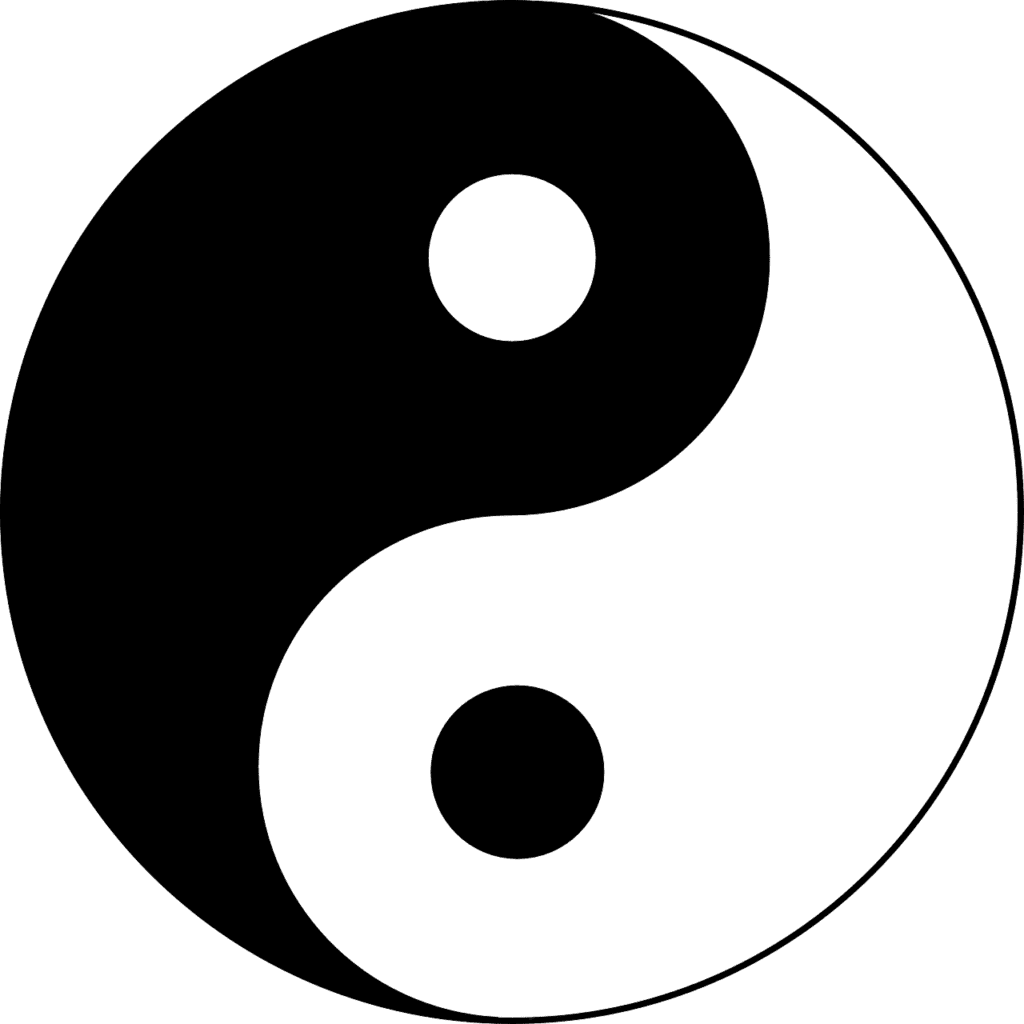
Yin and Yang
As previously mentioned, Yin and Yang are the most fundamental concepts in TCM, representing opposite but complementary qualities.
In TCM diagnosis, practitioners assess the balance of Yin and Yang in the body. They look for signs and symptoms that indicate which aspect is deficient or in excess.
For instance, an excess of Yang may lead to fever and acute conditions, whereas a deficiency of Yin might result in chronic conditions and heat due to the lack of cooling and moistening functions of Yin.
- Yin: Yin is associated with aspects such as cold, rest, passivity, darkness, substance (body fluids and structures), and the feminine.
- Yang: Yang conversely, is linked to heat, activity, light, function, and the masculine.
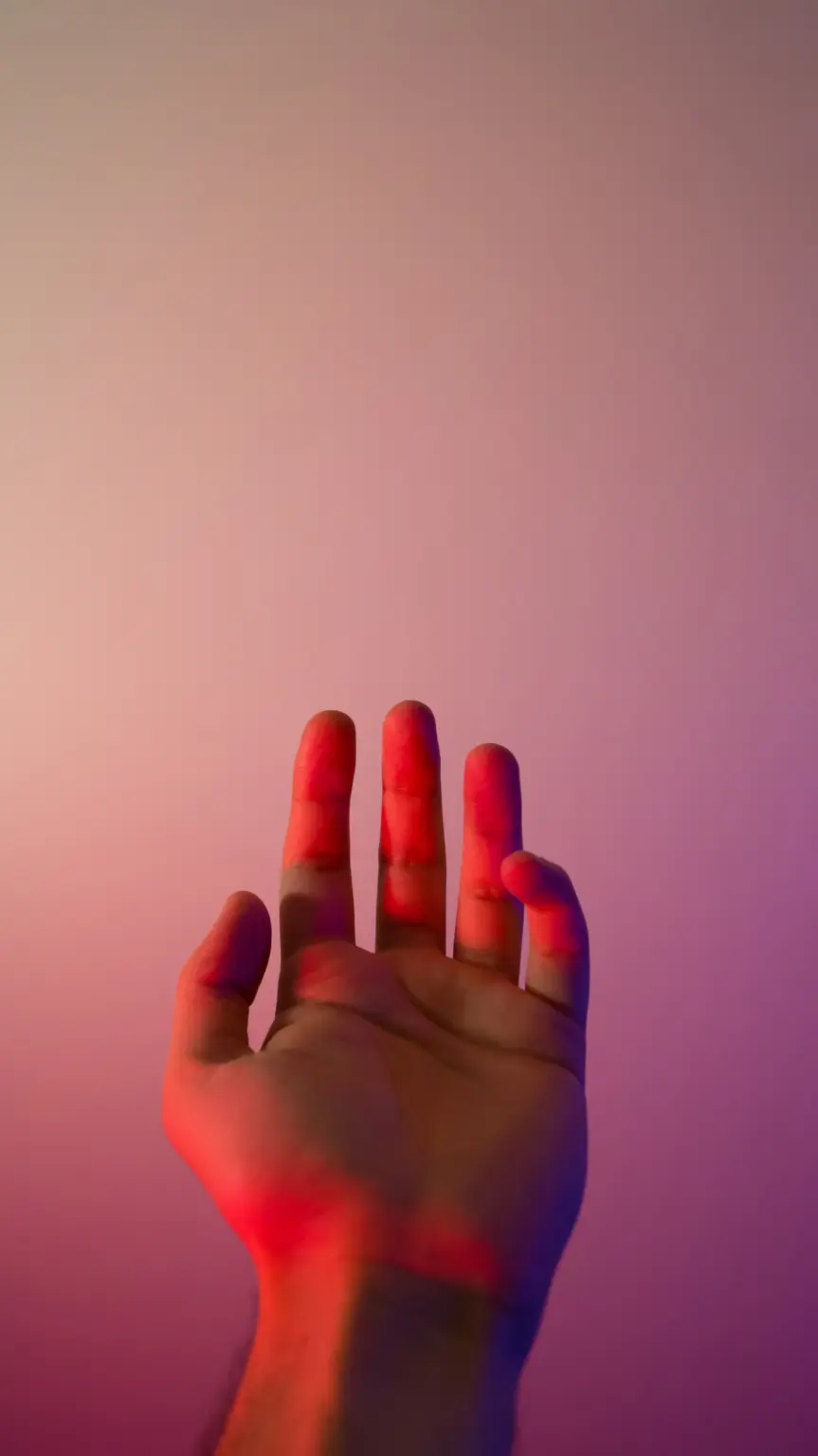
Interior and Exterior
The principles of Interior and Exterior relate to the location and nature of a patient’s condition, distinguishing between internal disorders and external influences.
-
Interior Conditions: These refer to disturbances within the body’s internal systems. Interior conditions are often chronic and can be related to emotional, genetic, lifestyle, or environmental factors. Symptoms of interior conditions are usually deeper, such as pain in internal organs, emotional disturbances, or chronic fatigue.
-
Exterior Conditions: These are typically caused by external factors such as environmental influences (like climate or pathogens) affecting the body. Exterior conditions are often acute and manifest with symptoms like fever, chills, cough, or a runny nose, indicating the body’s surface is battling an external invasion.

Cold and Heat
The principles of Cold and Heat are fundamental to understanding and treating body temperature imbalances. These principles focus on the thermal nature of symptoms and illnesses, guiding practitioners in their approach to restoring health.
- Cold Conditions: These are characterized by an excess of cold energy in the body or a deficiency of heat. Symptoms often include sensations of cold, pale complexion, lethargy, and a preference for warmth. Cold conditions may be related to a deficiency in Yang, which is the warm, active energy in the body.
- Heat Conditions: Heat conditions signify an excess of heat or a deficiency of cold energy. Symptoms can include fever, inflammation, redness, thirst, restlessness, and a preference for cool environments. These conditions are often associated with an excess of Yang or a deficiency in Yin, the cool and moistening energy.

Deficiency and Excess
The principles of Deficiency and Excess help in understanding whether a condition is caused by a lack of necessary substances (Deficiency) or an overabundance of certain elements (Excess).
- Deficiency Conditions: A deficiency refers to a lack of essential substances like Qi, blood, Yin, or Yang. Symptoms of deficiency can include weakness, fatigue, shortness of breath, pale complexion, and a thin pulse. These conditions often develop slowly and are chronic in nature.
- Excess Conditions: Excess is characterized by the overaccumulation or stagnation of substances like Qi, blood, phlegm, or heat. Symptoms of excess can be more intense and include pain, swelling, redness, a rapid pulse, and feelings of fullness or congestion. Excess conditions tend to appear more abruptly and are often acute.
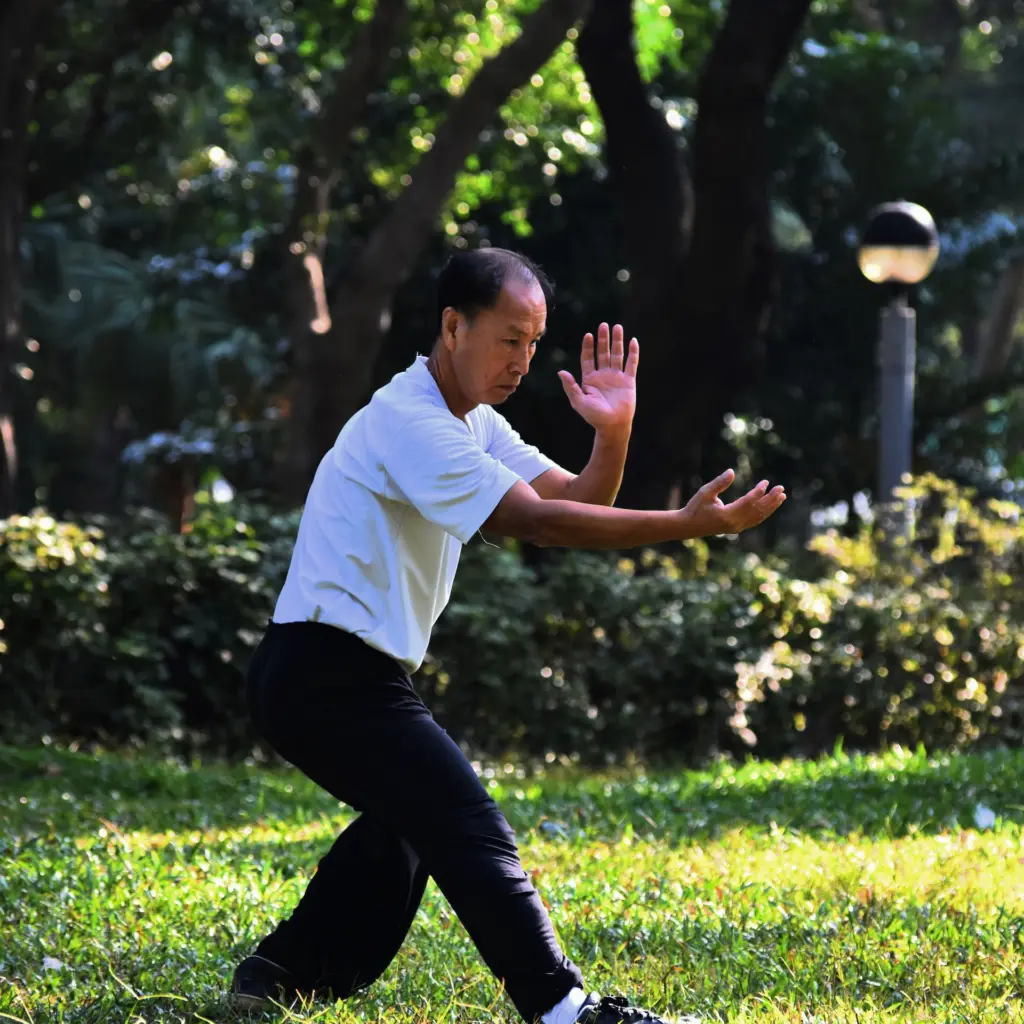
Treatment Strategies
Herbal Medicine: Perhaps the most widely used modality, herbal medicine involves the use of plant, mineral, and sometimes animal substances to restore balance. The choice of herbs is based on their properties (such as warming, cooling, moistening, drying) and their affinity for certain organs or meridians.
Acupuncture: Acupuncture involves inserting fine needles into specific points on the body to regulate the flow of Qi. The selection of points is based on the diagnosed imbalances of Yin and Yang, Qi, and blood.
Moxibustion: A technique where dried mugwort (moxa) is burned near the skin, often at acupuncture points. It is used to warm and invigorate the flow of Qi and blood, particularly in cold and deficiency conditions.
Tui Na Massage: A form of Chinese manipulative therapy often used in conjunction with acupuncture and moxibustion. It helps to balance the flow of Qi.
Dietary Therapy: Based on the understanding that food has inherent therapeutic properties, dietary recommendations are given to support treatment, tailored to the individual’s imbalance as diagnosed through the 8 Principles.
Qi Gong and Tai Chi: Qi Gong and Tai Chi are forms of gentle exercise that combine movement, meditation, and regulated breathing to maintain and improve health, often used to balance Yin and Yang and ensure the smooth flow of Qi.

